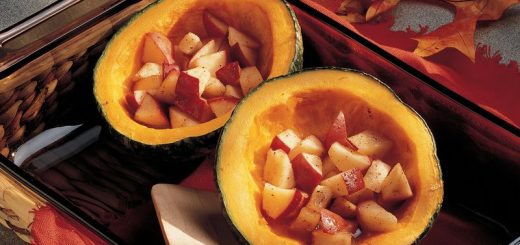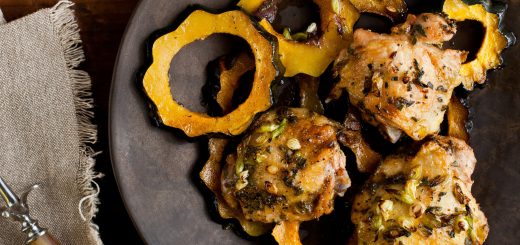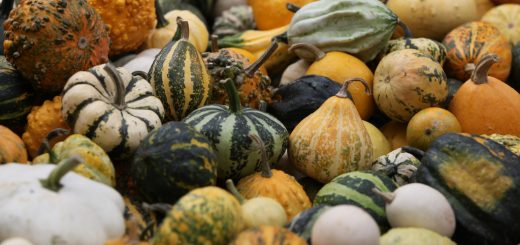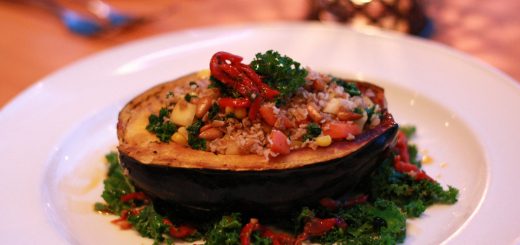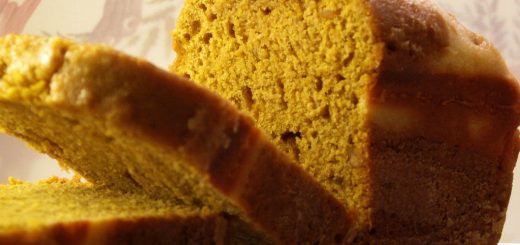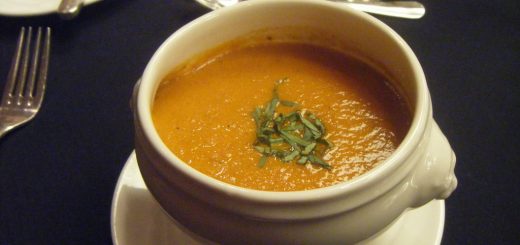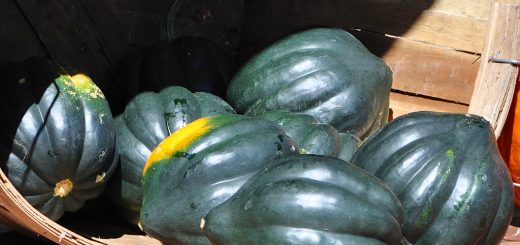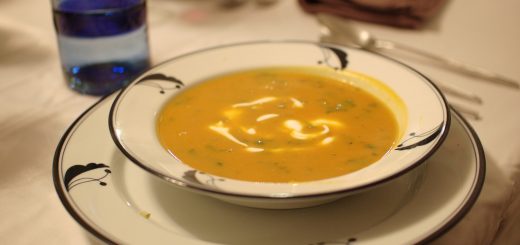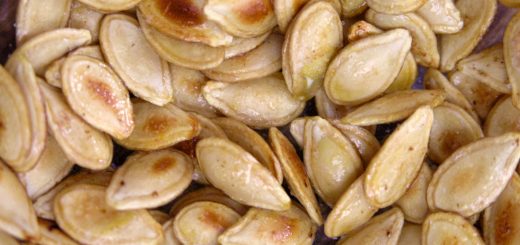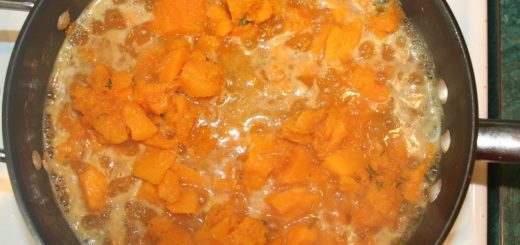Buttercup Squash with Apples
This recipe is from the Betty Crocker Cooking for Two cookbook and is a perfect pairing of fall crops. Buttercup squash, like acorn squash, isn’t always easy to peel – this makes it a great squash for stuffing with other things. With brown sugar and apples, this recipe makes for a sweet side dish. Serves 2. (more…)
